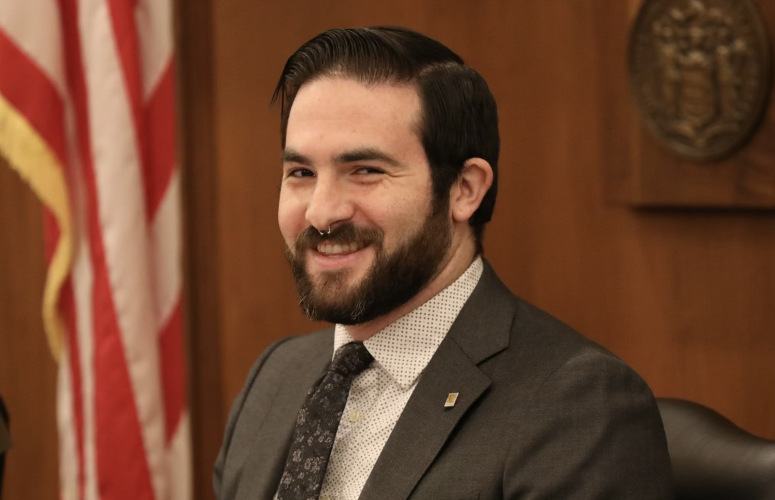
CohnReznick Publishes ‘The Guide to Making Opportunity Zones Work’
CohnReznick Publishes The Guide to Making Opportunity Zones Work New Book Outlines Keys to Success for Investors, Developers, Entrepreneurs, and Community Leaders as COVID-19 Heightens the Urgency for Investment in Distressed Communities
On Nov 20, 2020CohnReznick LLP, an advisory, assurance, and tax firms in the United States, with New Jersey offices in Roseland, has published The Guide to Making Opportunity Zones Work – a “one stop” resource for key stakeholders who can benefit from incentives afforded by this federal program promoting economic development in distressed communities.
The book was developed by CohnReznick Managing Principal and Opportunity Zones Practice Leader Ira Weinstein and Steve Glickman, chief executive officer of Develop LLC, the nation’s leading advisory firm dedicated to building and supporting Opportunity Zone Funds. As long-time leaders in Community Development programs, Weinstein and Glickman seek to provide a better understanding of the interconnected needs and goals of all stakeholders – investors, developers, entrepreneurs, and community leaders – in optimizing outcomes for all.
Opportunity Zones (OZs), a bipartisan initiative authored by Senator Tim Scott and enacted through the 2017 Tax Cuts and Jobs Act, are designed to stimulate economic development and job creation by incentivizing long- term investments in low-income neighborhoods. Profound geographic and economic inequality along racial lines, coupled with the impact of COVID-19, have heightened the crucial needs of distressed communities across America. Nearly three years since inception, the potential of OZs has yet to be realized – primarily due to complex, changing tax regulations and lingering concerns over the general structure of the program.
Many experts inside and outside CohnReznick contributed to the book with the goal of helping potential stakeholders improve their understanding of the larger OZ ecosystem, foster a more informed dialogue among these stakeholders, and help each understand the role they can play in facilitating impact on low-income communities. Throughout the editing process, timely insight has been provided to help stakeholders work together more effectively in expediting Opportunity Zone projects and achieving the lasting social impact the program intended.
Weinstein notes, “The marketplace needs a resource that offers a primer of the various terms, tests, and other rules specific to the world of OZs along with individual chapters offering insights for specific OZ stakeholders – fund managers, real estate developers, entrepreneurs, etc. He adds, “After a lengthy process and several twists and turns, we believe we have produced something very special that will clearly help these stakeholders understand the potential for OZs and how they can help make a real difference in our communities.”
“As COVID-19 and the pandemic-induced recession continues to have a disproportionate impact on low-income communities – many of the same places that failed to recover from the 2008-09 recession – the need for public and private investment has never been greater’, says Glickman. “Opportunity Zones are one of the rare economic development tools that create new housing, new jobs, and new potential for the places America left behind. This book is designed to catalyze those efforts by helping stakeholders navigate Federal regulations, know how the OZ market really works, and understand how we can collectively make it work better.”
To access more business news, visit NJB News Now.
Related Articles:





